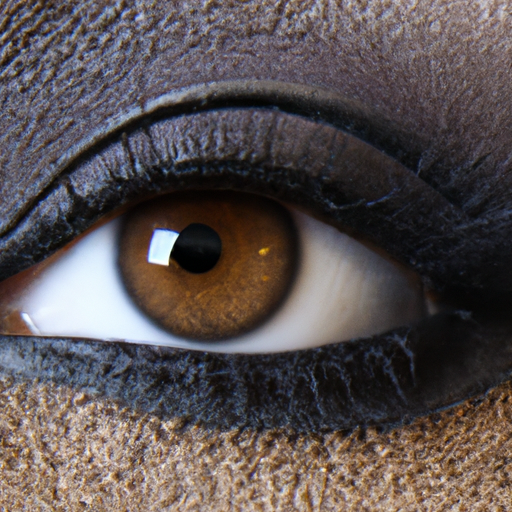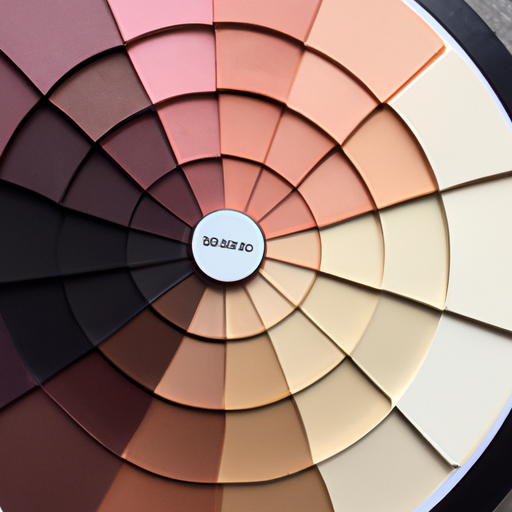I’ve Got You Covered: Why Understanding Your Skin Undertone Matters When Choosing Concealer
Well, hello there! Have you ever bought a concealer that you thought was perfect, only to find out that it’s a shade off? Ugh, I know the feeling. But fear not because I’m here to share some makeup wisdom with you. Let’s start at the beginning. First things first, we need to talk about skin undertones. Oh, don’t worry, it’s not as complicated as it sounds.
Your skin undertone refers to the underlying hue that affects your overall skin color. There are three main undertones: warm, cool, and neutral. Understanding your skin undertone is crucial when choosing concealer because it can make the difference between a flawless finish and a makeup mishap.
But don’t fret, my friend, determining your skin undertone is easy. In this article, I’ll give you some tips and tricks for identifying your undertone and finding the right shade of concealer for you. By the end of this, you’ll be a pro at picking the perfect concealer shade to match your skin undertone. And if you’re looking for further advice, check out my post on finding your perfect concealer shade:
Identifying Your Skin Undertone
So you’ve learned about skin undertones, and you’re curious about yours. Identifying your skin undertone is essential to selecting the right shade of concealer that complements your skin. It can be a challenging task, but don’t worry, I’ve got you covered.
The best way to identify your skin undertone is by using natural lighting. Stand by a window or head outdoors. Place your hand next to your face and compare the color of your hand to your face color. If your skin has a yellow, golden, or peachy tone, you have a warm undertone. If your skin appears pinkish or reddish, you have a cool undertone. If your skin shows neither color, you have a neutral undertone.

The jewelry test is also a handy way to determine your skin undertone. Examine your veins in natural light. If your veins appear green, you have a warm undertone. If they look blue or purple, you have a cool undertone. If you can’t distinguish the color of your veins, you have a neutral undertone.
Lastly, check your wrist veins. If they appear greenish, you have a warm undertone. If they look bluish or purple, you have a cool undertone. If you have trouble determining the exact color, you have a neutral undertone.
How to Find the Perfect Shade of Concealer for Your Skin Undertone
Now that you’ve identified your skin undertone, it’s time to find the right shade of concealer. The wrong shade can make you look ashy or completely different from your natural skin tone. Trust me, I’ve been there.
Warm Undertones
If you have warm undertones, you’ll want to stick with concealers that have a yellow or golden undertone. Shades with peach or orange undertones can also work well. Avoid colors that are too pink or cool-toned, as they may make your skin appear gray or washed out.
Pro Tip: Test the concealer shade on your jawline in natural light to ensure it matches your skin tone perfectly.
Cool Undertones
If you have cool undertones, you’ll want to look for concealers with pink or blue undertones. Shades that are too yellow or warm-toned may appear too bright or stark against your skin.
Pro Tip: To brighten up the area around your eyes, go 1-2 shades lighter than your natural skin tone for a more natural look.
Neutral Undertones
If you have neutral undertones, you’re lucky! You can pretty much choose any shade of concealer as long as it matches your skin tone. Pay attention to your skin’s undertones, and select shades that complement them.
Pro Tip: Use a color-correcting concealer to cancel out any discoloration, such as green for redness or orange for dark circles, before applying your regular concealer shade.
Remember, finding the right concealer shade takes time and patience. Don’t be afraid to mix shades or seek the advice of a beauty professional to achieve the perfect match. Your effort will be worth it in the end when you have a flawless, natural-looking complexion!
Conclusion: So, What’s Your Undertone?
Well, there you have it – a crash course on skin undertones and how they impact your choice of concealer. It may seem like a lot to take in, but once you’ve identified your undertone, finding the right shade becomes a whole lot easier.Remember, your undertone is not the same as your skin tone, so don’t rely on color alone when choosing a concealer. Natural lighting, the jewelry test, and vein test are all great ways to help you pinpoint your undertone.Once you’ve established whether you have warm, cool, or neutral undertones, you can start looking for a concealer that complements your complexion. Warm-toned individuals should opt for shades with yellow or peachy undertones, while those with cooler undertones should look for a concealer with pink or blue undertones. Neutral-toned individuals have the luxury of being able to choose from a wide range of shades and undertones.When testing out a new concealer, make sure to apply it to your jawline and blend it well before making a final decision. And don’t be afraid to ask for help – makeup artists and beauty consultants can be a wealth of knowledge when it comes to finding the perfect shade of concealer.In conclusion, by understanding your skin undertone and choosing a concealer that complements it, you can achieve a flawless, natural-looking complexion. Experiment with different shades and formulas until you find the perfect match for your skin – trust us, it’s worth the effort!
